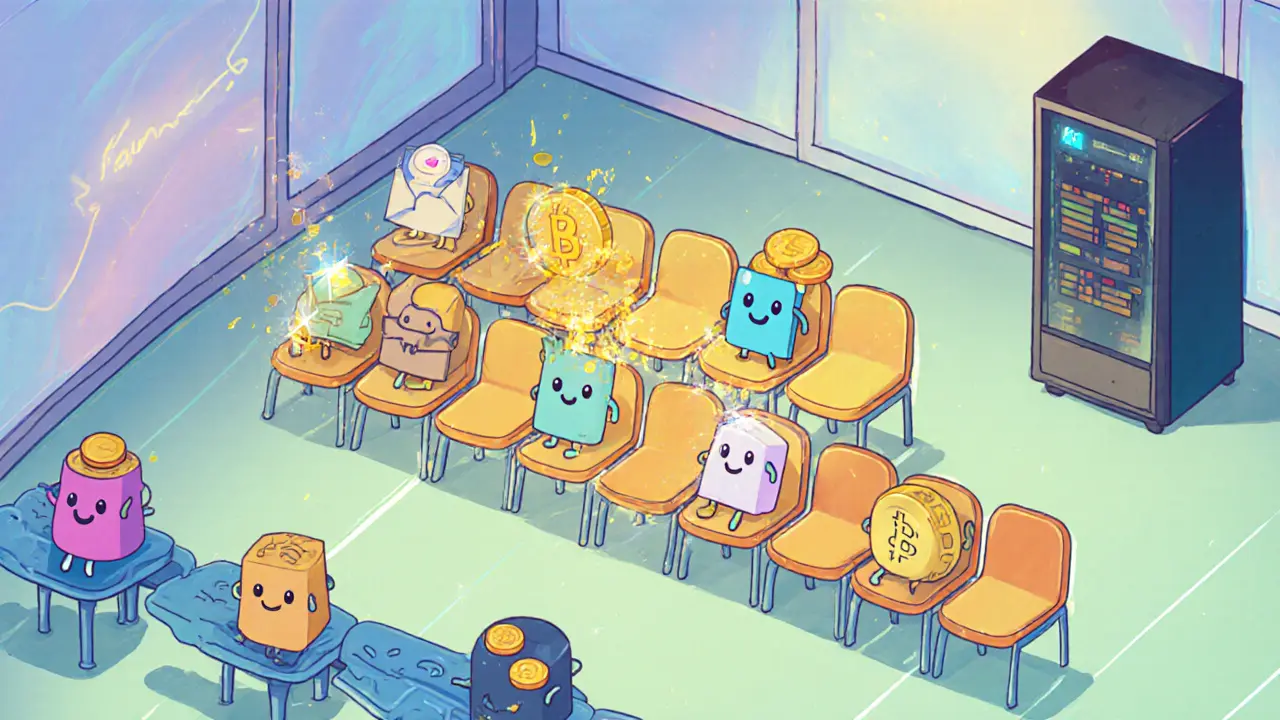Miner Incentives: How Rewards, Fees, and Energy Shape Crypto Mining
When talking about miner incentives, the set of financial and non‑financial benefits that encourage miners to secure a blockchain. Also known as mining rewards, miner incentives determine whether a mining operation stays online, scales up, or shuts down.
One of the most visible parts of miner incentives is the block reward, the newly minted coins given to the miner who adds the next block. The block reward encompasses the core profit source for proof‑of‑work networks, and its size directly influences miner participation. When Bitcoin halved its block reward from 12.5 to 6.25 BTC, we saw a short‑term dip in hash rate followed by a rapid rebound, showing how tightly miners tie their hardware spending to reward expectations.
Another key driver is transaction fees, the small payments users attach to each transaction to prioritize inclusion in a block. Transaction fees influence miner incentives by supplementing block rewards, especially as block subsidies shrink over time. In periods of high network usage—think DeFi spikes on Ethereum—fees can surpass the base reward, keeping miners motivated even when new coin issuance drops.
All of this only works because of proof of work, the consensus algorithm that requires miners to solve computational puzzles. Proof of work requires a balance of block rewards and fees to offset electricity costs and hardware depreciation. Without sufficient incentives, miners would abandon the network, and security would crumble.
Energy costs are the hidden third leg of the incentive equation. Countries like Norway are experimenting with temporary bans on new mining data centers to protect renewable power for other industries. Such policies remind us that miner incentives aren’t just about coins and fees—they also depend on local electricity prices, subsidies, and regulatory risk. When a jurisdiction offers cheap hydro power, miners flock there; when taxes rise, they relocate.
Profitability ultimately decides if a miner stays in the game. Factors like hash rate, hardware efficiency, and maintenance overhead feed into a simple E=R‑C model: earnings (E) equal rewards (R) minus costs (C). Many miners now hedge against reward volatility by diversifying into staking, where staking rewards serve as an alternative incentive structure. Yet proof‑of‑work miners still watch block reward halvings, fee spikes, and energy policy changes closely because those variables shape their bottom line.
Below you’ll find a curated set of articles that dive deeper into each of these pieces—block reward mechanics, fee dynamics, energy regulation, and profitability calculations. Whether you’re a hobbyist setting up a single GPU rig or a data‑center operator weighing location options, the posts ahead give practical insights to help you navigate the ever‑shifting world of miner incentives.
Understanding Mempool Priority and How Transactions Are Selected
Learn how mempool priority works, what factors miners use to pick transactions, and tips to speed up confirmations in Bitcoin and Ethereum.
- 13
- Read More
